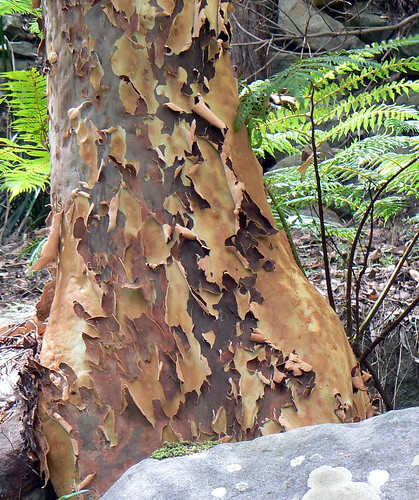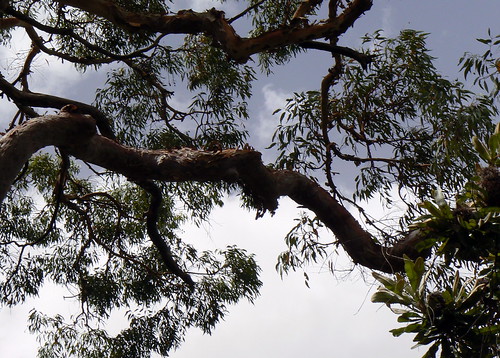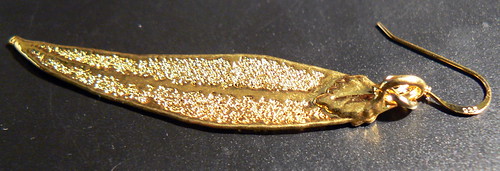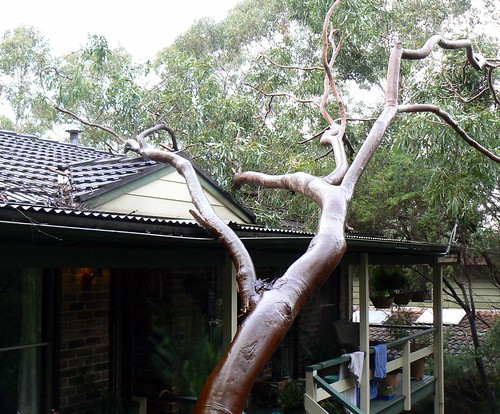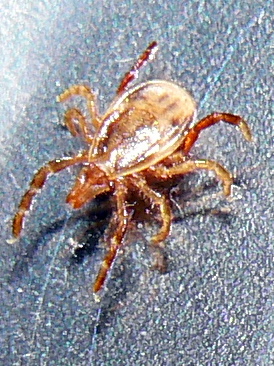I often wax lyrical in this blog about the flora and fauna in our garden, but some species are less welcome than others. Here are a couple of invertebrates that can make gardening a little hazardous.
This is a paralysis tick,
Ixodes holocyclus. It's only tiny when it hasn't been feeding: this specimen is only 1.5mm in body length.When they're engorged with blood, they increase in size by many times.
Ixodes holocyclus is indigenous to the east coast of Australia, and its food source is primarily the blood of marsupials such as wallabies, bandicoots and possums. Domestic cats and dogs are particularly vulnerable to them in bushland areas, and without treatment can die. Human fatalities have become far less common since the development of an anti-toxin.A couple of months ago, a paralysis tick made its way into my bra, and injected me with its toxin. By next day, the inflammation on my breast (lovely soft flesh--a tick's delight!) was the size of a saucer, raised, hot and very painful. It took a course of antibiotics, antihistamines, steroid cream and many sleepless nights before it subsided.
Ticks are in the class Arachnida, like spiders and scorpions, and thus have eight legs.
Another bloodsucker frequenting our garden is the leech. The species below is (most likely) the Australian Land Leech, Gnatbobdellida libbata, which has evolved to live out of water, and becomes active after rain.
While waiting for prey, the leech anchors itself by its posterior sucker and raises its body up. It senses potential victims by vibrations and chemical sensing, and attaches to the skin by its mouth. Then it injects anticoagulants and histamines to stop the blood from clotting and allow it to flow freely into the leech. Amazingly, it's easy to miss that a leech has attached to you. It's only after it's full and drops off to digest your precious bodily fluids, that you notice the itch---and the blood freely pouring out of the wound. If you're prone to allergies, like me, a nasty hot, itchy welt can develop.
Much as I loathe their effect, I do have a grudging admiration for leeches. They mark a significant evolutionary development from less derived species, because their body segmentation improves their mobility--something very evident when you watch one weaving through the air after it's sensed your presence. Leeches are hermaphrodites, and cross-fertilise during sex. In the phylum Annelida, they are related to common garden worms, but most of their near relatives are marine.
Next time, friendlier species, I promise!
